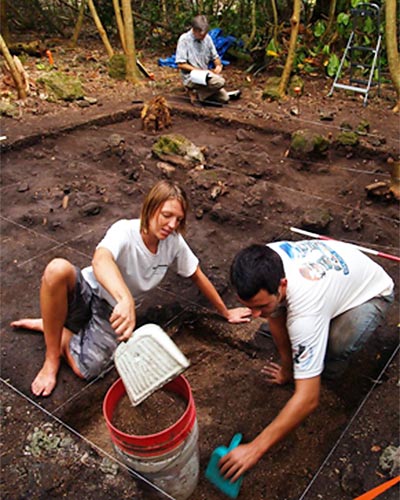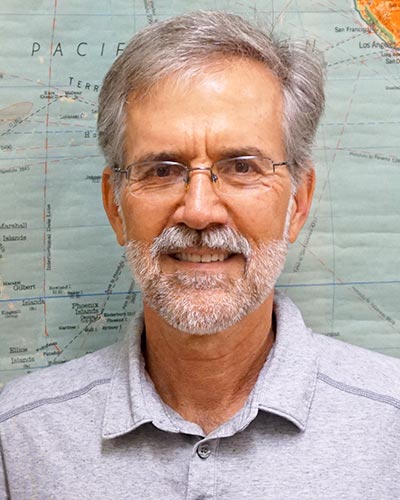Settlement patterns in ancient Micronesia will be investigated using cutting-edge technology, thanks to a nearly $150,000 grant from the National Endowment for the Humanities. Co-director James M. Bayman, a Department of Anthropology professor, said the two-year archaeological and ethnographic field project on the islands of Kosrae and Pohnpei in the Federated States of Micronesia will produce new knowledge about patterns of migration in ancient Micronesia.
The innovative project will focus on the branch of anthropology, archaeology and ethnography, dealing with scientific description of individual cultures.
“Islanders from Kosrae and Pohnpei will work with archaeologists on coastal and drone Light Detection and Ranging (Lidar) surveys to contrast that kind of data with their own traditional knowledge about their origins and migration in the region,” said Bayman. “The goal is co-production of knowledge using the two different optics in ethnographic sessions. This signifies an exciting partnership with traditional community leaders and young people, including four student interns from the College of Micronesia.”
Bayman is an anthropological archaeologist with decades of experience in the Pacific—including the Mariana Islands, American Samoa and Hawaiʻi—and North America, especially the Southwestern U.S. Also on the research team is principal investigator and director John A. Peterson, a UH Mānoa anthropology graduate affiliate faculty. The project includes colleagues in Australia and the Federated States of Micronesia.

